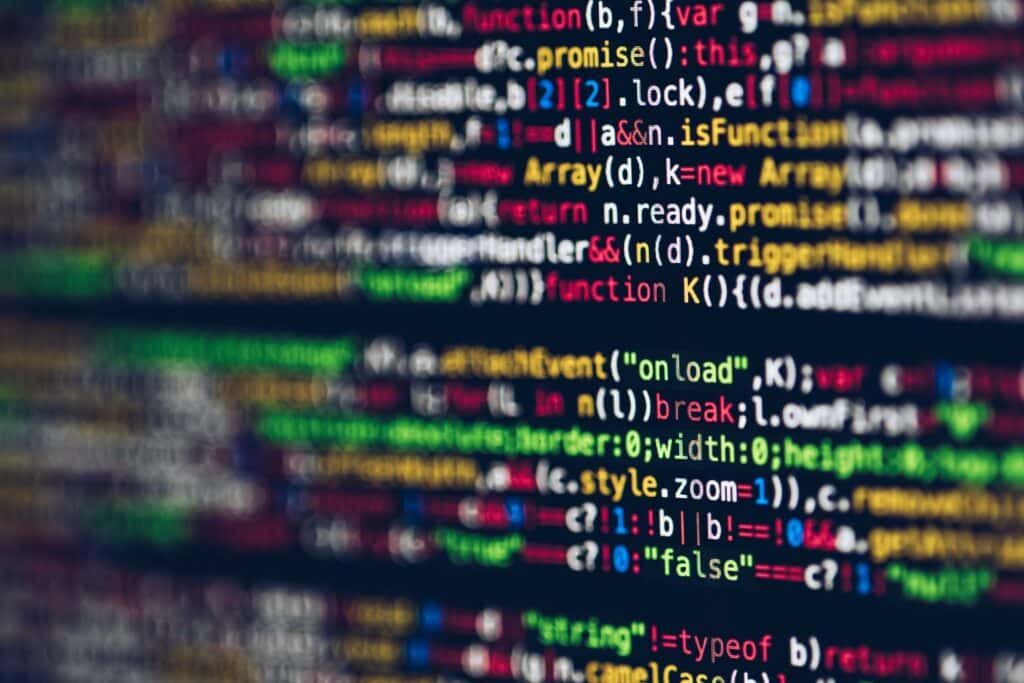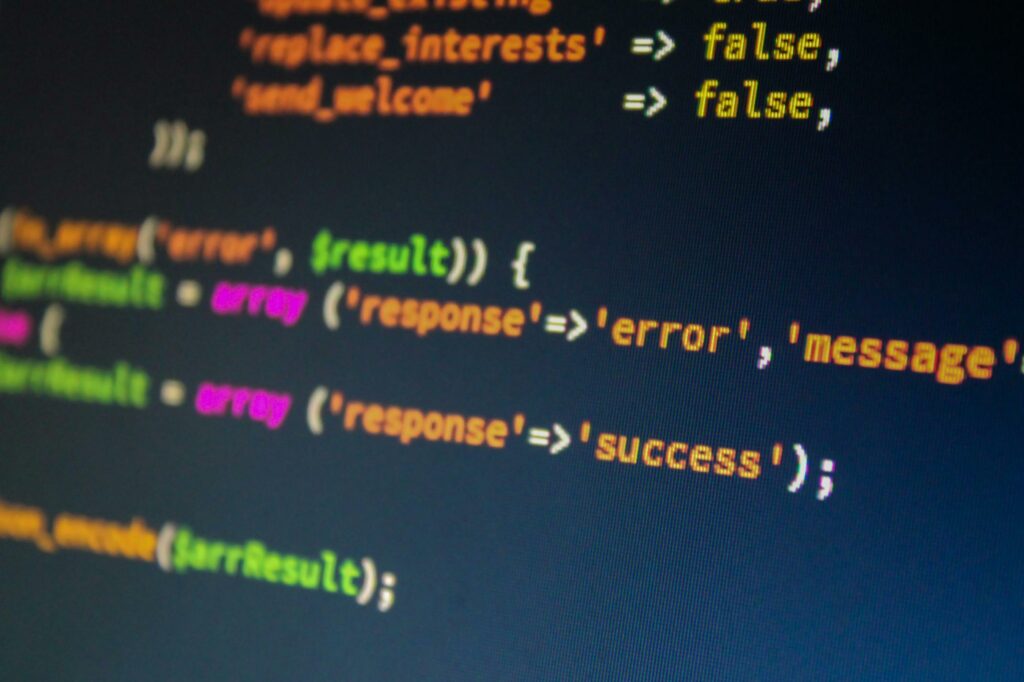Proactive Cybersecurity in Critical Sectors
In an age where digital infrastructures underpin nearly every critical industry, cybersecurity is a business imperative. The rapid evolution of cyber threats, driven by increasingly sophisticated attack vectors, mandates that organizations protect their systems reactively and implement proactive strategies.
The Shift from Reactive to Proactive Security
Traditional cybersecurity models have historically relied on reactive postures: identifying threats after they occur and responding to breaches in real-time. While this approach remains a vital part of a multi-layered defense system, it is insufficient in an environment where zero-day vulnerabilities, supply chain attacks, and AI-generated exploits are becoming commonplace.
Proactive cybersecurity emphasizes threat intelligence, behavioral analytics, and predictive modeling. It involves building security into every layer of an organization’s operations; this includes code development and network architecture.
Core Strategies for Maintaining a Cybersecurity Edge
Threat Intelligence Integration: Proactive defense begins with deep visibility into the threat landscape. Integrating real-time threat intelligence feeds, partnering with ISACs (Information Sharing and Analysis Centers), and leveraging AI-driven monitoring tools help organizations identify indicators of compromise (IOCs) before they escalate into full-blown attacks.
Zero Trust Architectures: The Zero Trust model requires continual verification of users, devices, and processes. This significantly reduces the attack surface and minimizes lateral movement in the event of a breach.

Continuous Vulnerability Management: Static vulnerability scans are no longer sufficient. Organizations must implement automated, continuous scanning of internal and external assets, combined with prioritized remediation plans based on risk and exposure levels.
Employee Awareness and Human-Centric Security: Human error remains the leading cause of breaches. Regular phishing simulations, secure coding workshops, and adaptive security training tailored to roles and access privileges are essential components of a resilient workforce.
Cybersecurity Mesh and Modular Defense: The concept of a cybersecurity mesh enables disparate security solutions to interoperate, allowing for more granular policy enforcement and incident response across distributed environments, including cloud, IoT, and hybrid infrastructures.
Cybersecurity in the Aviation Sector
Aviation is positioned at the intersection of physical and digital security. As aircraft become increasingly reliant on interconnected digital systems the potential attack surface grows exponentially.
Proactive cybersecurity in aviation requires not just traditional IT safeguards. Proactive cybersecurity in aviation requires a coordinated approach across operational technology (OT), in-flight communication systems, and supply chain dependencies. For example, modern aircraft are equipped with IP-enabled sensors and software-driven diagnostics. If left unsecured, these systems can be vulnerable to cyber-physical attacks that compromise both safety and service continuity.
Isolating critical flight systems from less secure networks, and conducting red team simulations tailored to aviation scenarios allows stakeholders to identify weak points and preemptively address vulnerabilities. Regulatory alignment with frameworks such as EASA’s Part-IS (Information Security) is also critical to ensure cross-border consistencies.

Cybersecurity in the Energy Sector
The energy sector faces unique cybersecurity challenges due to the critical nature of its services and the high interconnectivity of its systems. Grid infrastructure, SCADA (Supervisory Control and Data Acquisition) systems, and industrial control systems (ICS) are often built on legacy platforms not designed with modern cybersecurity in mind.
Proactive cybersecurity strategies in energy must focus on securing both legacy and next-generation infrastructure. This includes deploying intrusion detection systems tailored to OT environments, implementing secure gateways between IT and OT layers, and conducting continuous threat modeling across energy generation, transmission, and distribution systems.
Moreover, with the growing adoption of renewable energy and smart grid technologies, new threat vectors emerge. For instance, decentralized energy resources like wind farms and solar arrays often rely on third-party telemetry and cloud services. Proactive governance, incorporating compliance with standards such as NERC CIP and IEC 62443, is essential to fortify energy infrastructure against nation-state and criminal threats.
Cyber Leadership Through Resilience
Cybersecurity is no longer a checkbox activity but a core element of business continuity. For industries like aviation and energy the imperative to remain proactive is even more pronounced. Organizations that embed cybersecurity into their strategic planning will not only reduce their exposure but also build a lasting competitive advantage.

